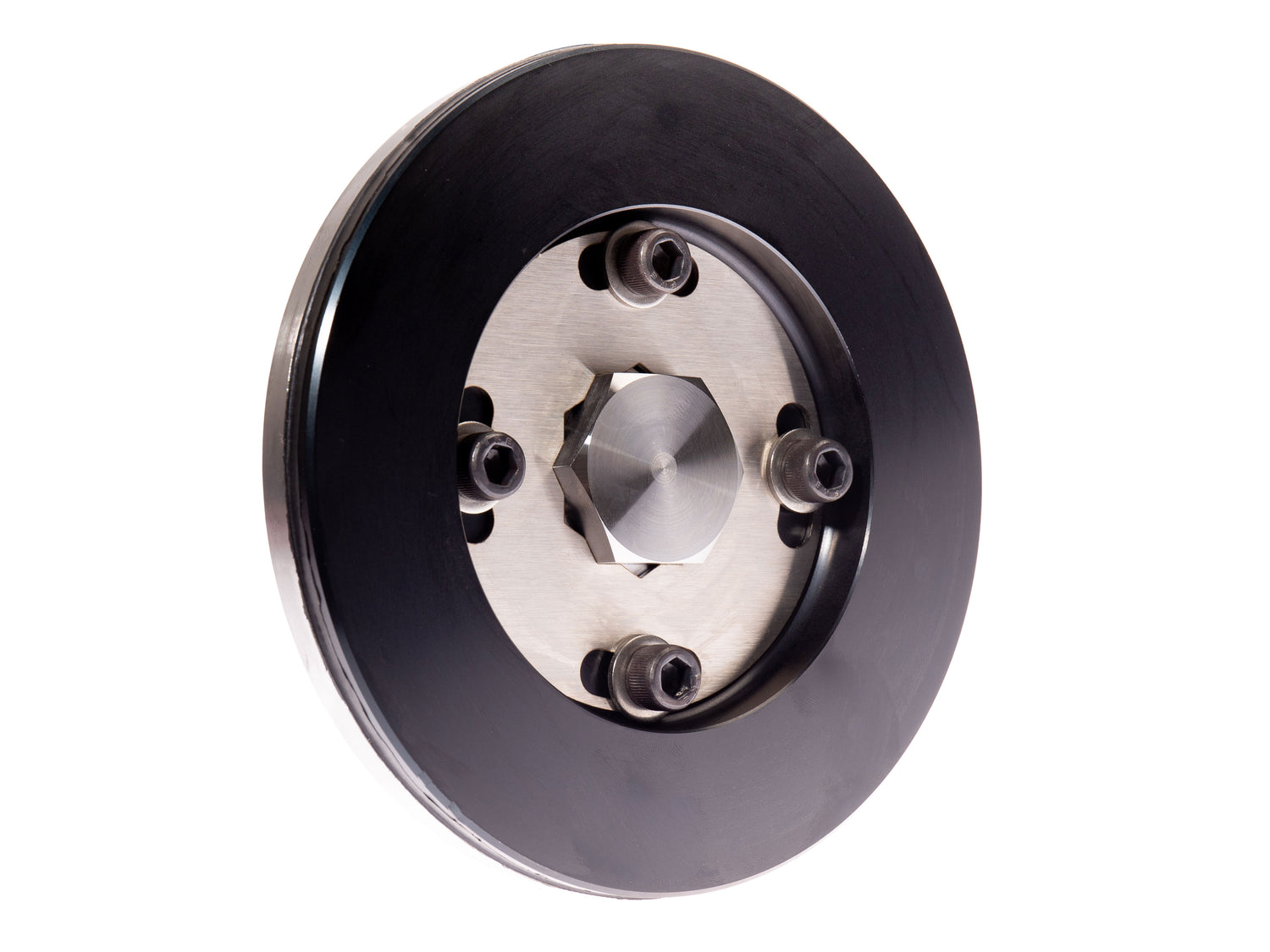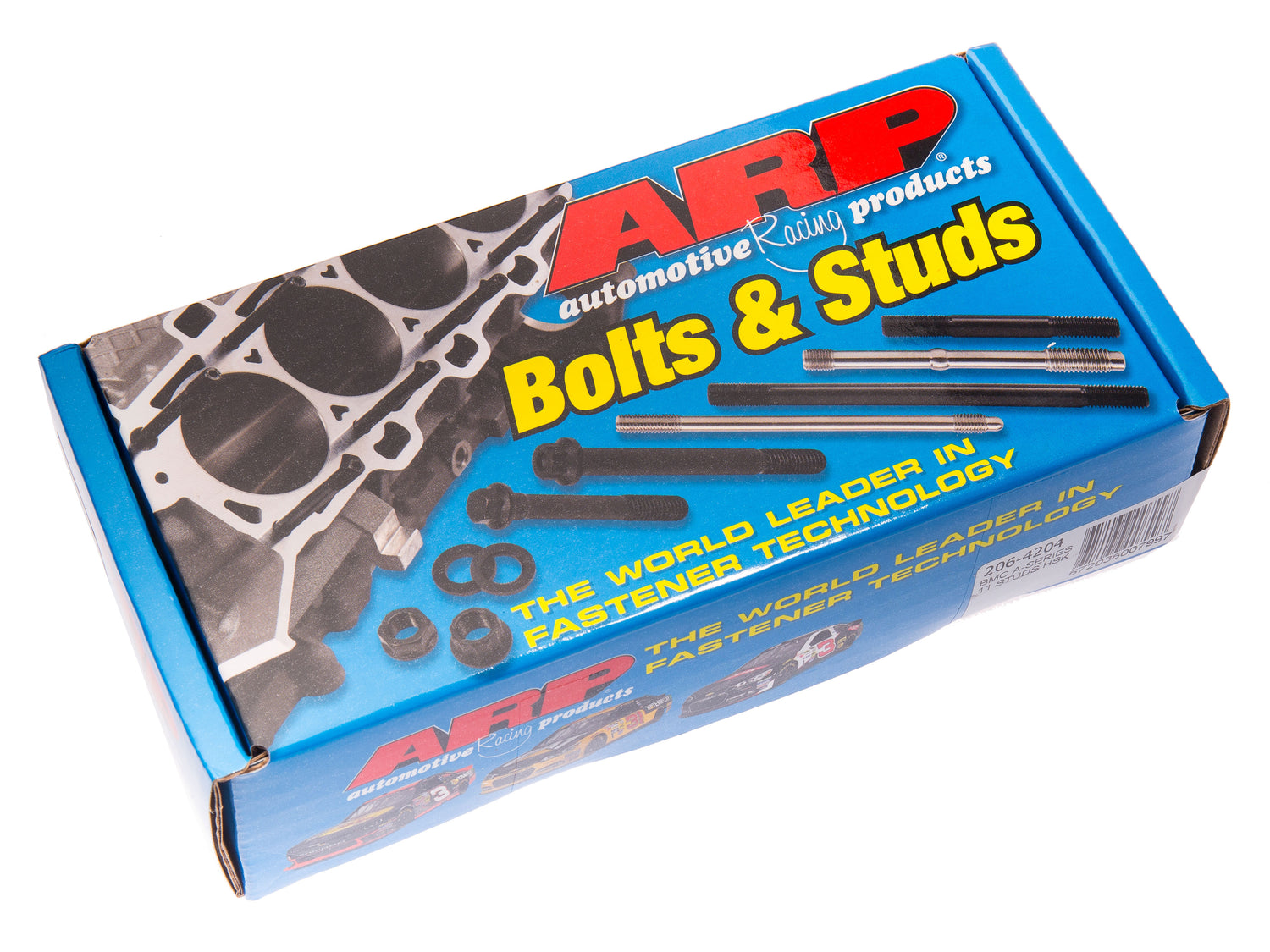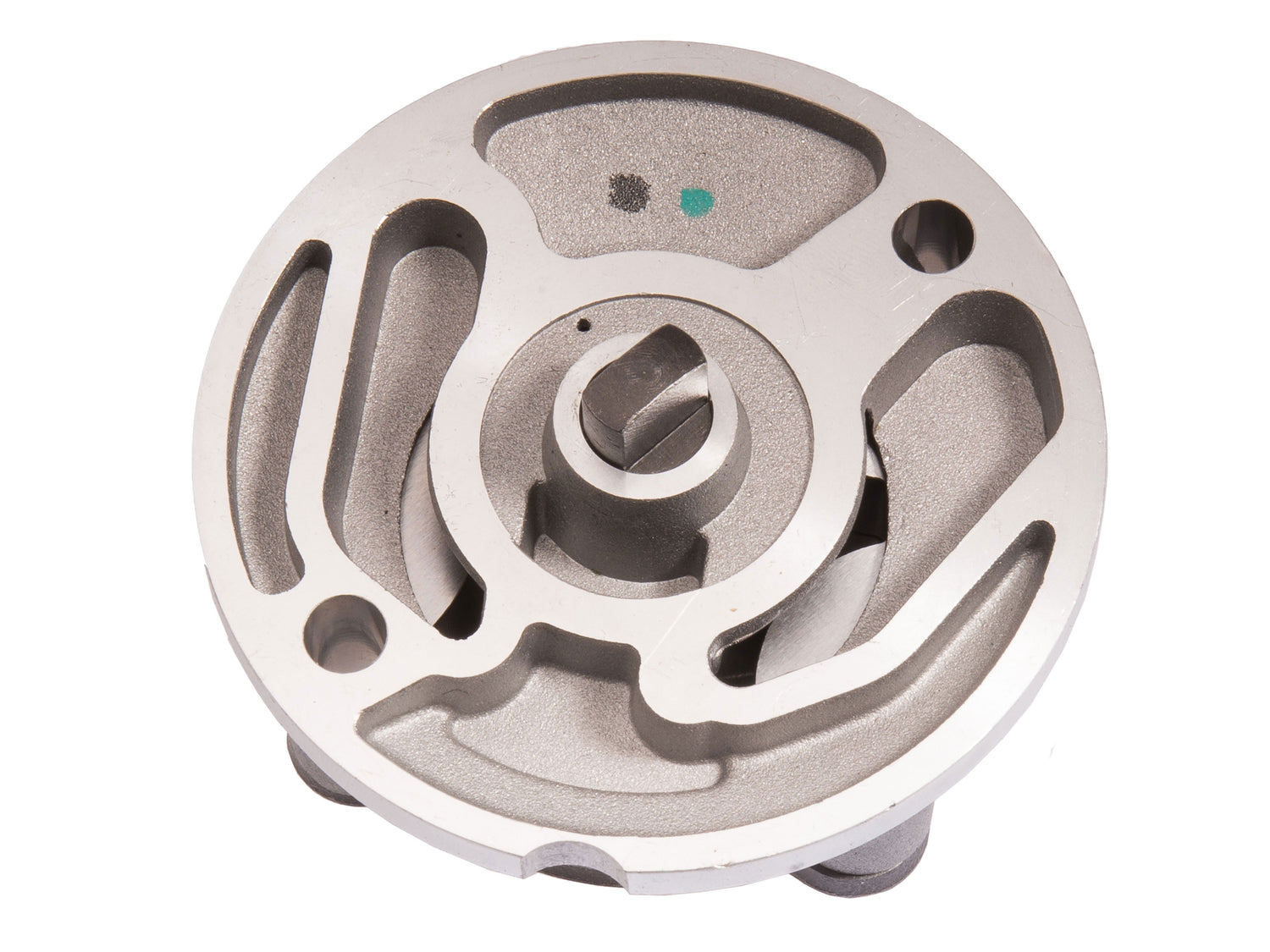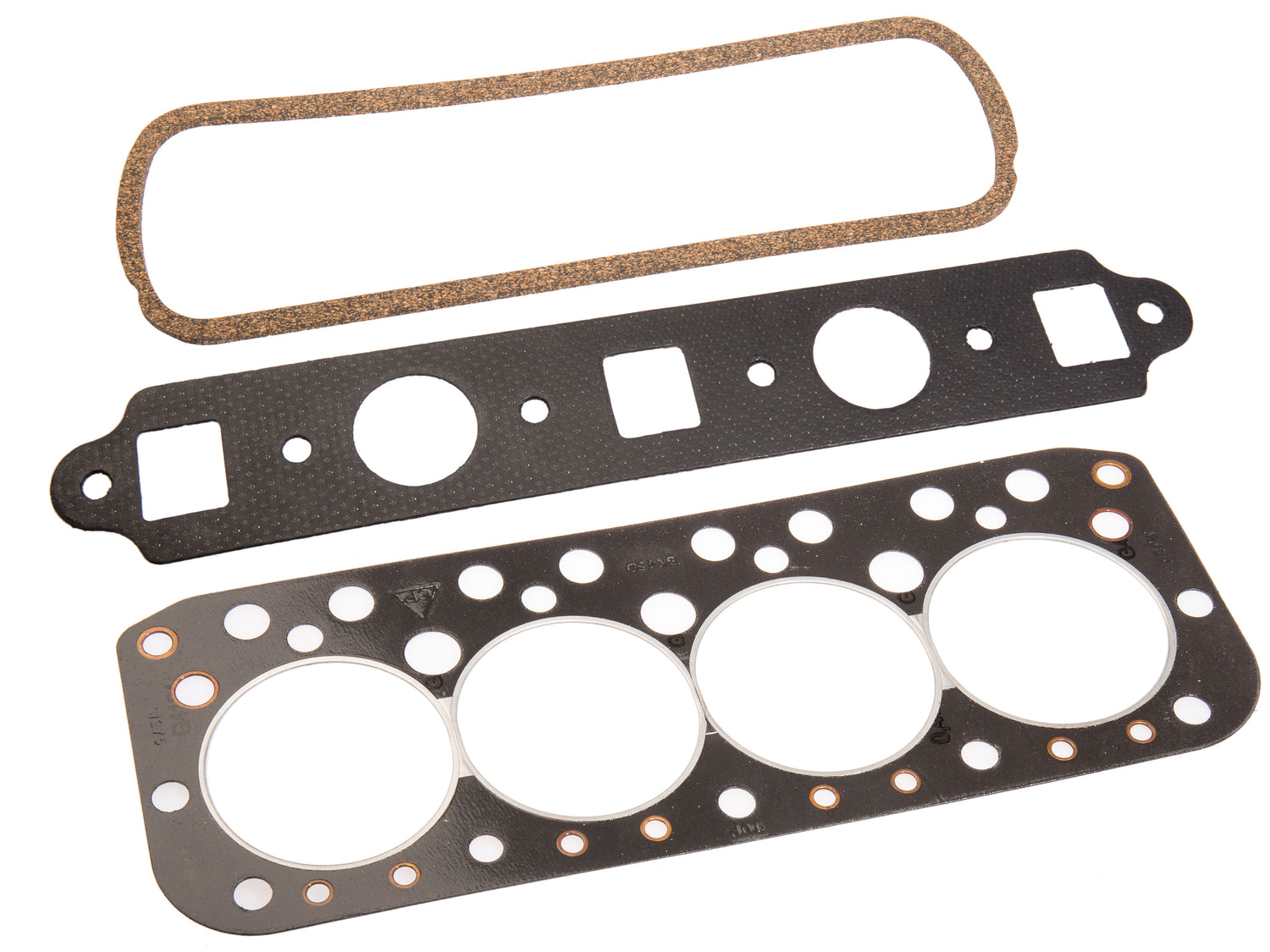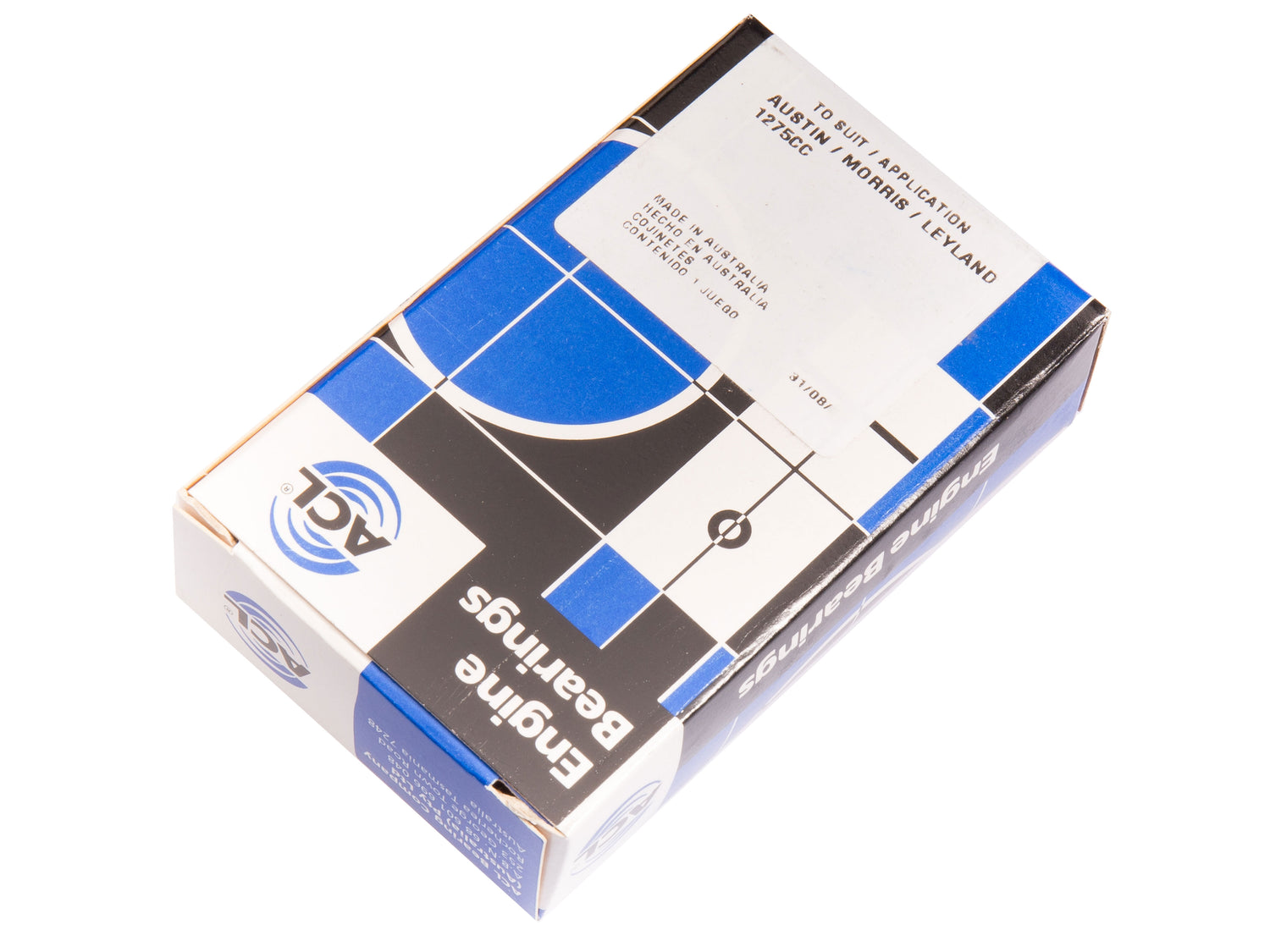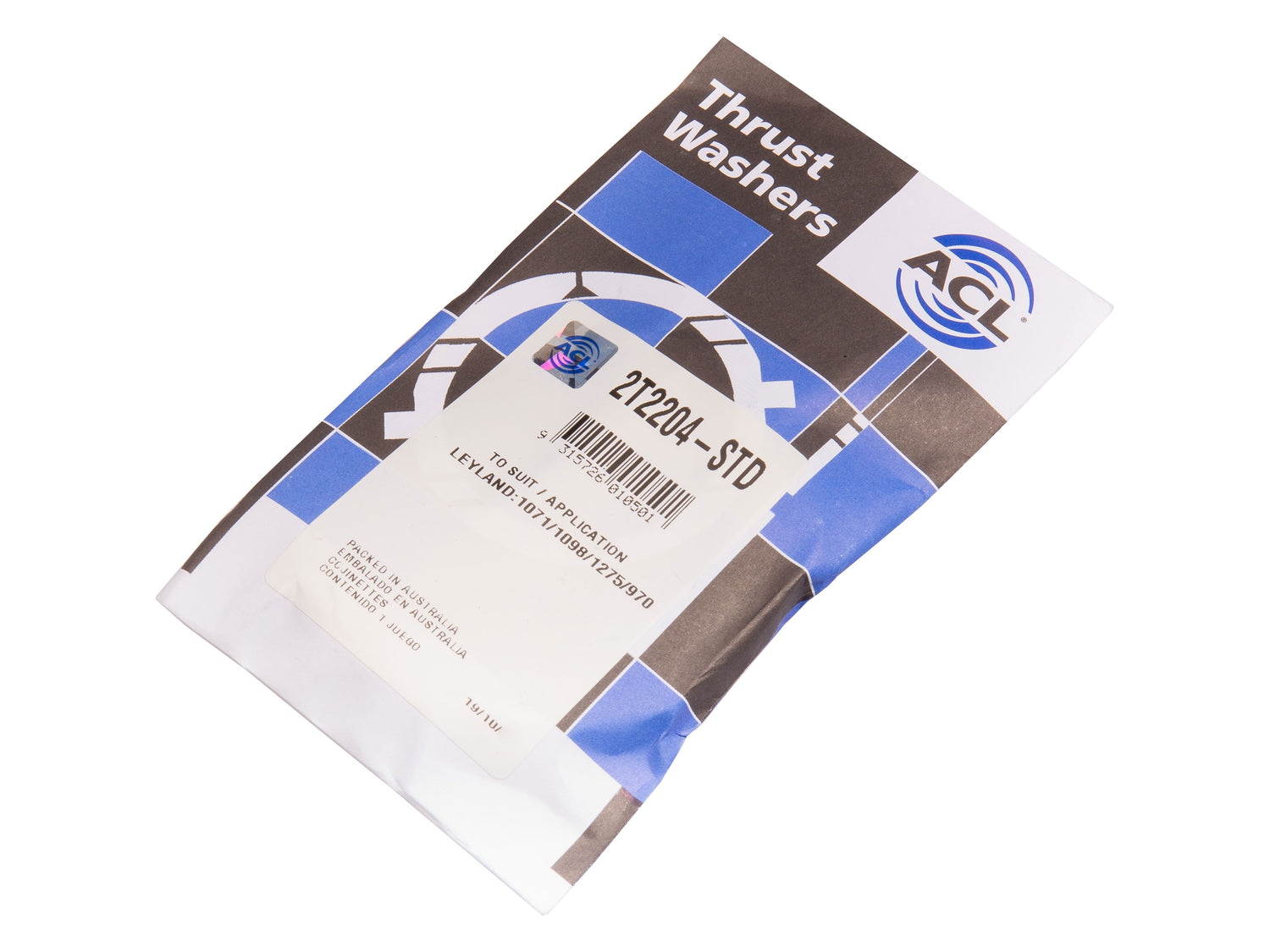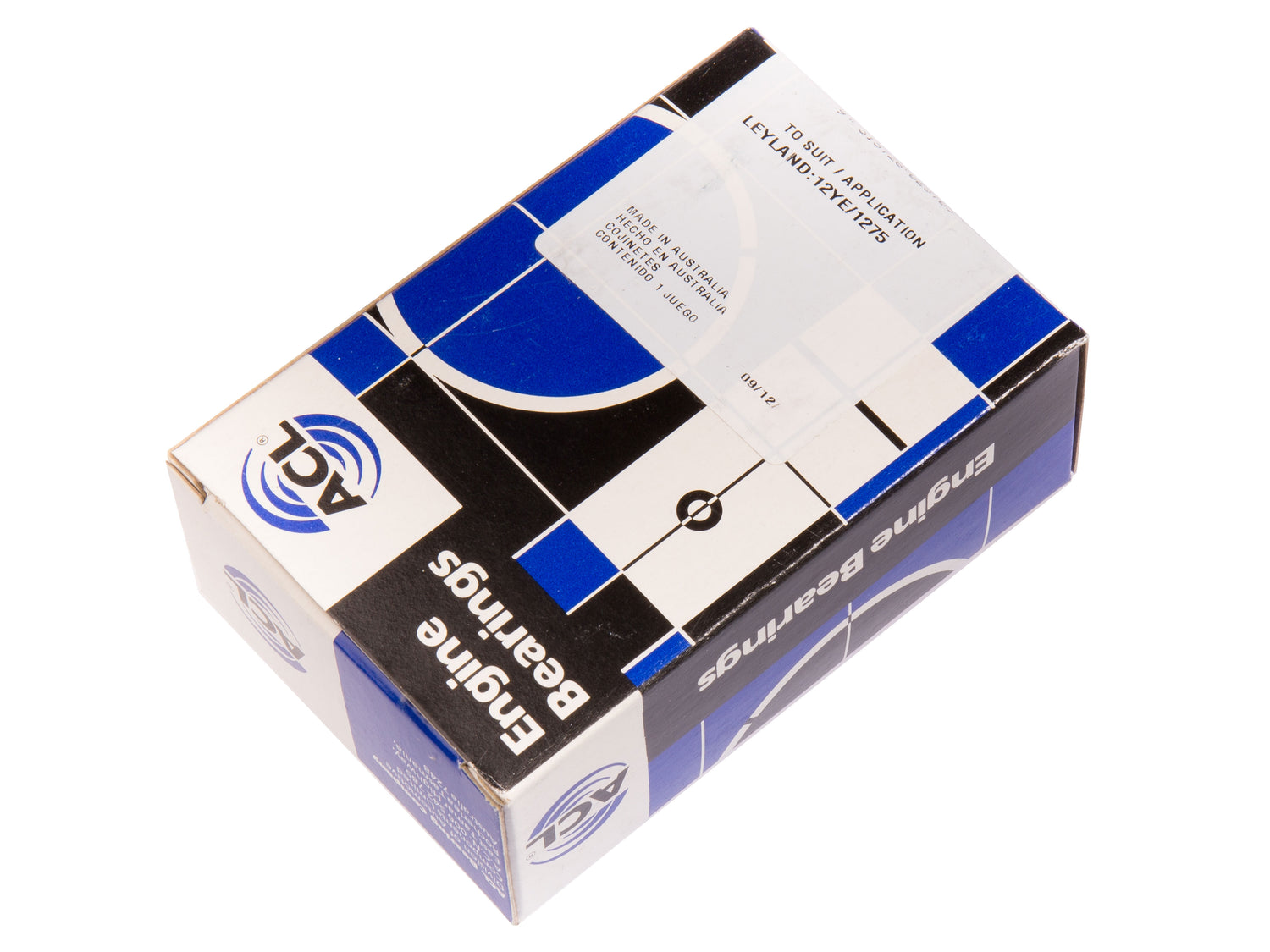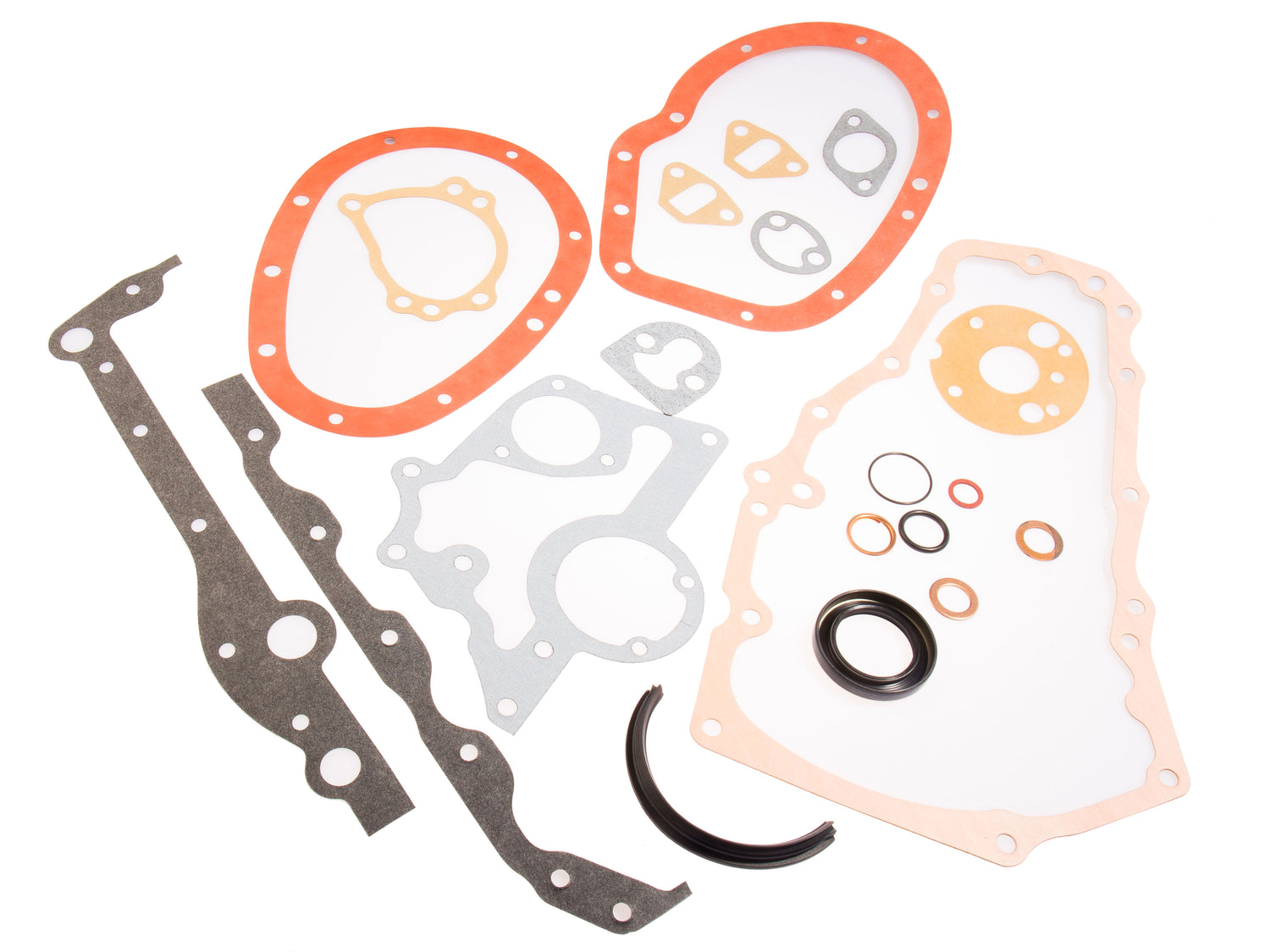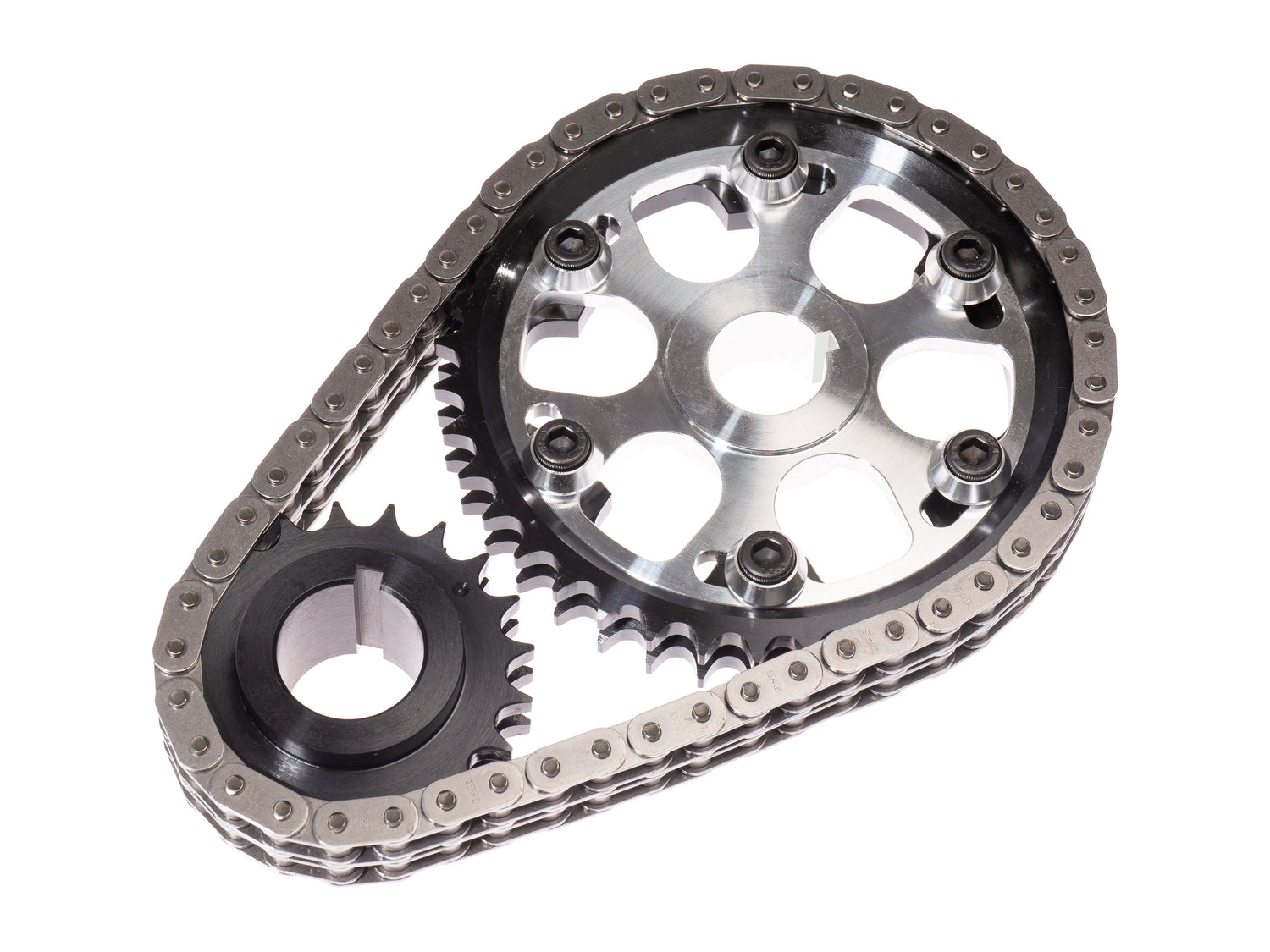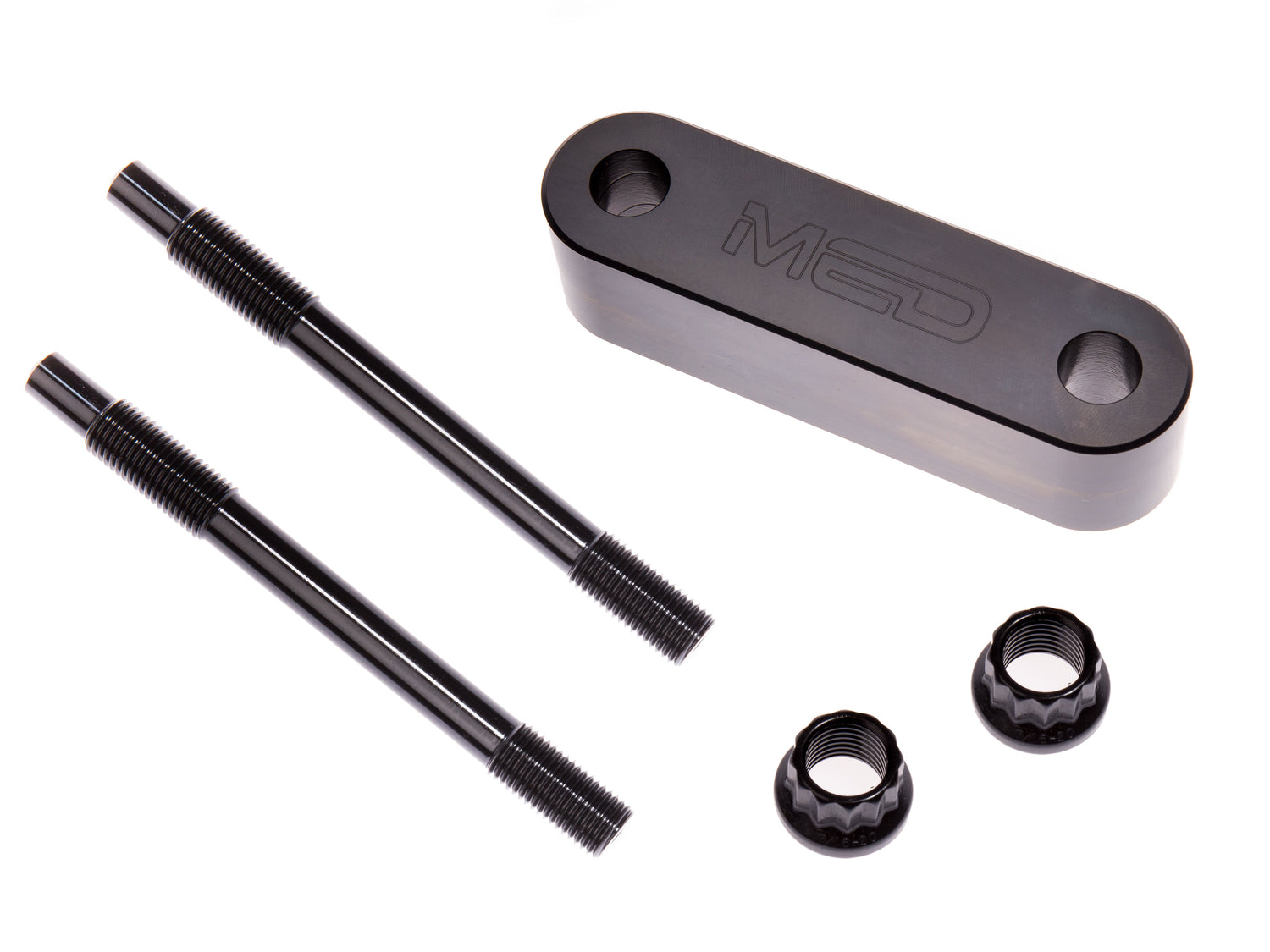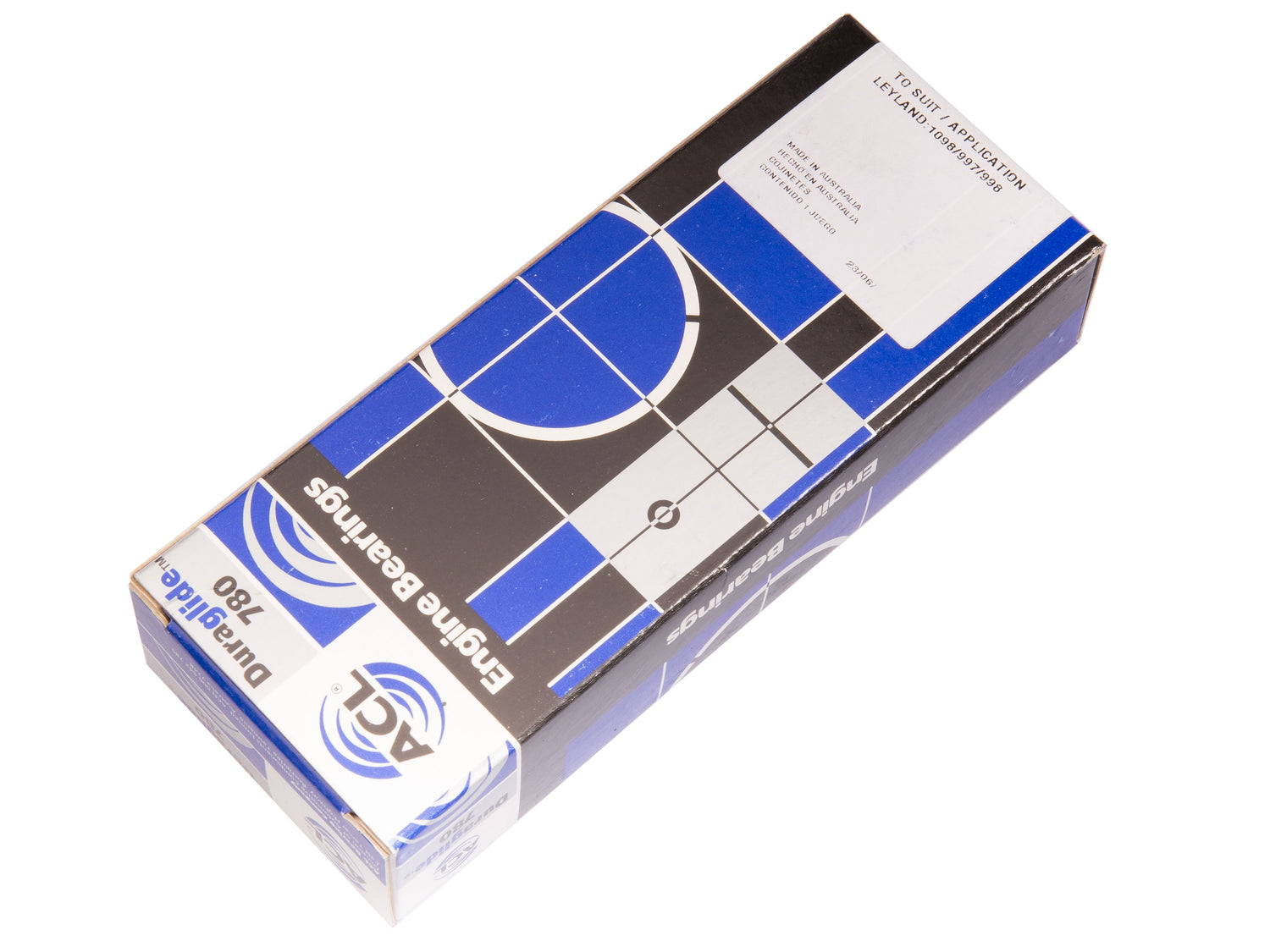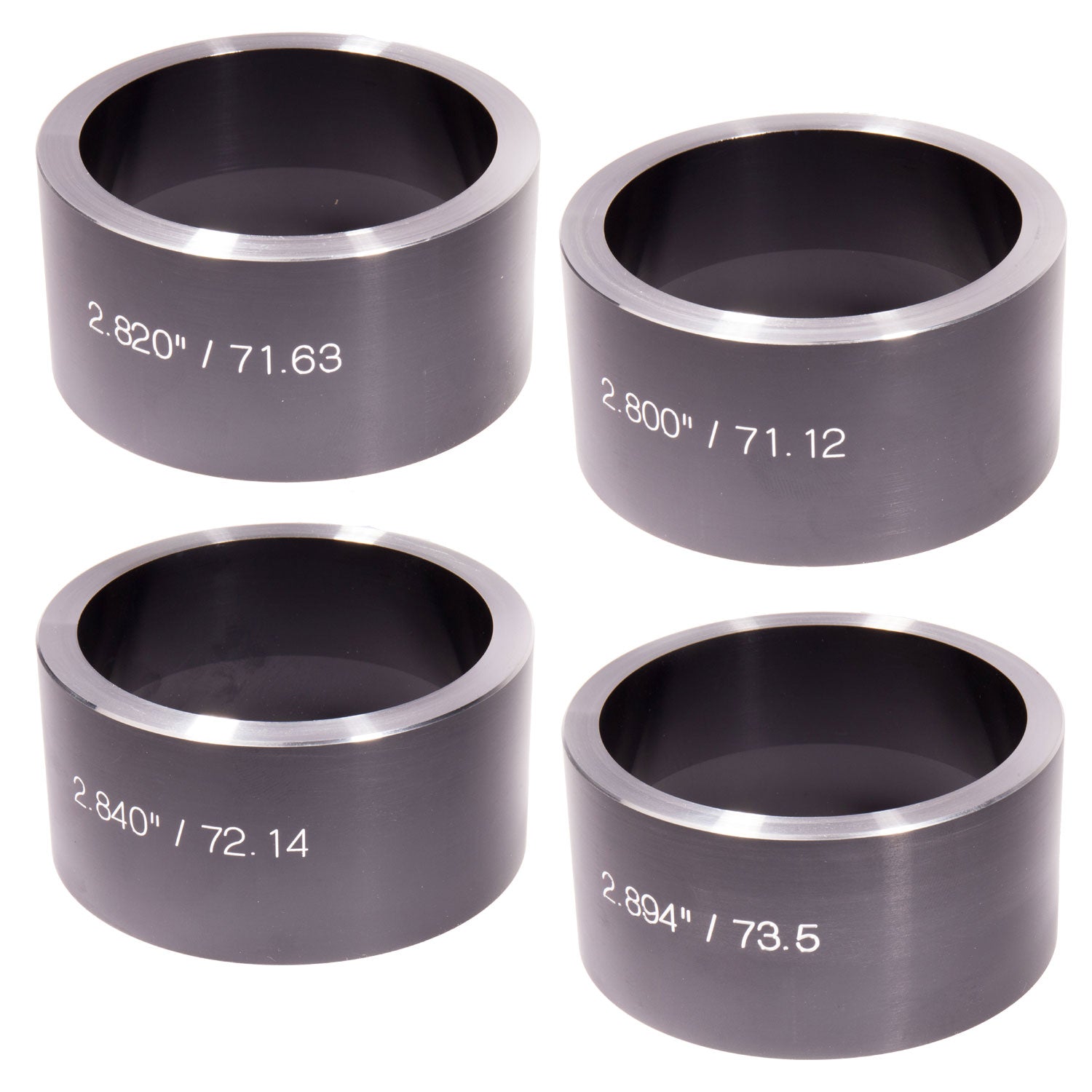Improve the torque holding ability of a classic Mini clutch
In the last technical guide, we looked in depth at flywheel weight and the performance benefits of running a lightweight steel flywheel.
The second improvement to be made to the Mini's standard clutch and flywheel setup is in its torque holding capacity, which is vital when you begin to push the performance envelope of the A-Series engine.
It's easy to forget that standard 1960s Minis barely produced over 30bhp - in fact we've seen elderly 850s struggling in the 20s on the rolling road!
With modern 1275 fast road Minis producing almost double the original factory outputs, the clutch will need to be upgraded substantially to avoid slip.
Testing the Torque
An engine's output is usually given as its maximum BHP, a figure calculated by the dyno/rolling road software by simply multiplying the torque output by RPM and dividing by 5,252.
For that reason, if the scale on the dyno/rolling road printout is the same for both bhp and lb.ft torque, the lines will always cross at 5,252rpm. This is always an easy way to spot if the figures have been doctored...!

Anyway, we digress. More useful for testing clutch holding strength is the maximum torque output of the engine.
If you were to take a 120bhp racing Mini compared to a 100bhp road car, the maximum torque output would likely be very similar, as the higher power figure is only achieved by making use of a higher RPM.

Clutch slip typically occurs at the point of maximum torque load, so when pulling away, changing up to a taller gear ratio, or most extreme, when a turbo spools up and increases boost pressure. Or perhaps a combination of the above, while towing a caravan!

At MED we test clutch torque holding statically by mounting a modified primary gear in the vice, which holds the internal spline of the clutch disc. We then use a socket with a flywheel keyed washer welded on the end, attached to a calibrated Snap On digital torque wrench.

The point at which the clutch plate begins to slip between the flywheel and backplate is where we judge the torque holding capacity to be.
Although testing statically like this does not take into account the motion of the car, it does give good back-to-back comparisons between different setups.
Mini clutch torque rating
The following table can be used as a guide to our various flywheel assemblies and their torque holding ability, before being fully bedded-in.
| Flywheel kit | Clutch cover | Clutch plate | Approx. torque holding |
| Pre-Verto St1 | Blue diaphragm | Performance road | 80lb.ft |
| Pre-Verto St2 | Orange diaphragm | MED organic | 125lb.ft |
| Pre-Verto St3 | Grey diaphragm | MED paddle | 135lb.ft |
| X-Lite St1 | Orange diaphragm | MED organic | 125lb.ft |
| X-Lite St2 | Grey diaphragm | MED paddle | 135lb.ft |
| Verto St1 | Standard cover | Performance road | 80lb.ft |
| Verto St2 | MED competition | MED organic | 150lb.ft |
| SPi/MPi St1 | Standard cover | Performance road | 80lb.ft |
| SPi/MPi St2 | MED competition | MED organic | 150lb.ft |
You will find that once a new clutch plate is gently bedded-in over 200 miles, its torque holding capacity will increase. Like a new set of brake pads, the clutch will reach its optimum 'window' of grip, before tailing off quickly once the material is worn away and the plate becomes thinner.

A new clutch plate should be treated gently until it is bedded-in to the flywheel and backplate, as you otherwise run the risk of overheating the material and glazing the surface.
Overheating the clutch could end you up with a warped surface, uneven seating of the plate to the contact surfaces and chatter of the clutch.

As with a set of brake pads, the key is to get the material hot, then allow it to cool fully before going again. Once the clutch has been submitted to a few heat cycles, everything will work to its optimum.
Effects of uprating the clutch cover
Torque holding capacity of a clutch is largely dependant upon the strength of the spring in the clutch cover, whether that's the large early diaphragm type or later Verto system with its springy 'fingers'.

The pre-Verto covers have a progressively thicker, stronger diaphragm spring (the belleville washer), which places more pressure on the rear of the flywheel to pull the back plate more firmly against the clutch plate.
Competition 'grey' covers are also reinforced around the inside of the thrust washer plate for better longevity.

For Verto covers, uprating the spring gives a similar effect. We strip down the standard unit and swap the spring piece for a thicker, stronger setup, increasing strength of the drive straps in the process. We also have the centre plate ground flat to further improve the setup.
Some Mini owners have tried doubling up with two springs on the clutch cover, known as an RTS, or Robert's Twin Spring, after the original chap behind the idea.
We've tried doing this, but prefer using the MED Verto Competition Cover, as we're able to spec the spring exactly as we like from the factory. It's also much easier to centre and balance precisely.
Effects of uprating the Mini's clutch plate
First off, all of our uprated clutch plates omit the springs from the centre, which are designed to give a smoother operation. In reality we find it's not required on Minis, and a perfectly smooth getaway is easily obtainable with an unsprung plate.

The Performance Road Clutch plate is our entry-level option, ideal for standard to lightly tuned road Minis. From here we have the MED Organic Competition Clutch and finally the MED Race Paddle.
Choosing the right clutch plate will allow the friction material to reach its optimum temperature for the job at hand, without overheating. A higher performance friction material will generate less heat under the same load, to give better longevity in more strenuous applications.

So the MED organic plate will cope much better with more enthusiastic fast road and trackday use than the performance road plate, for example, and the MED paddle plate is even more resilient, for full-race applications.
If the plate overheats, then the clutch will likely slip. Prolonged clutch slip will, in-turn, overheat and damage the flywheel and back plate friction surfaces.

Changing the plate to a paddle-style, with individual pucks rather than a complete disc, will change the driving characteristics of the car.
The fewer pucks on a clutch plate, the smaller the contact patch and the higher the friction. It gives a sharper bite, ideal for racing gear shifts, at the expense of drivability on the road.

It may seem counter-intuitive to have a smaller contact patch to increase friction, but the same science applies to disc brake pads, where the calliper and pad are comparatively small compared to the size of the disc.
The increased friction of a smaller contact patch increases heat, so as long as the contact material can operate within this temperature range, it will be most effective.
Optimum pre-Verto flywheel setup
Although the point remains that the clutch cover has the largest impact on torque holding ability of a Mini clutch/flywheel, there is a bit more to it than simply bolting a new cover on to an old flywheel and hoping for the best.
Care must be taken to set the diaphragm spring at the correct angle in relation to the flywheel when the clutch is engaged, to give the optimum torque holding and to not over-throw the spring when disengaged.

This diaphragm spring angle can be adjusted by altering the combined thickness of the drive straps, and the depth from the top of the 'horns' of the back plate to its friction face. Reducing this dimension by machining down the horns of the back plate will bring the diaphragm spring closer to flat.

There are opposing views on this, but the most effective method is to set the spring as our clutch manufacturer suggests, which is not completely flat, as in the pic above. It's hard to photo, but the red line gives an idea of the angle we aim for.
There needs to be a shallow angle to the spring, so it applies optimum pressure to the flywheel when engaged, moving to a flat position only when the clutch is disengaged. The drive straps should sit flat, parallel to the flywheel face.
Machining down the back plate horns and setting the spring close to flat is a technique best avoided when using our specific flywheel and back plate combination. We have seen this done in the past, and with the clutch disengaged, the spring can be pushed over centre.

We have found that the diaphragm spring very quickly looses its strength when set up in this fashion, the clutch slips and overheats the flywheel and back plate, as above. Metal springs have a fatigue life, and pushing the diaphragm over centre is a sure-fire way to reduce the longevity of your clutch cover.
However, there are genuine reasons to modify the drop height of the back plate, for example if the clutch friction face becomes worn and requires re-facing. Care should be taken to remove the same amount of material from the horns to give the same overall drop height and maintain the diaphragm spring angle.
When rebuilding used flywheel and clutches, be wary of signs of previous overheating, such as blue marks and/or cracks to the clutch faces, which can happen if the clutch has been slipping. Any wear or damage will severely reduce the torque holding ability.
Uprating the Verto clutch system
If you have a later Verto-equipped Mini, it's straightforward enough to change to the early pre-Verto style with our MED HD Clutch Arm Kit. Like-for-like, the early design is considerably lighter, but it will give a firmer clutch pedal.
If you prefer staying with the Verto clutch, there are a number of options to upgrade the torque holding ability.

As with any metal spring, the clutch cover's strength will wear-off over time, so it may just be a case of installing a new Verto clutch cover to bring the torque handling back to new.
Always balance a Verto clutch cover, because as we mentioned previously, this section makes up the bulk of the weight of the flywheel assembly.

Combined with a solid 180mm performance road clutch plate, and based on using a new MED Steel Ultra Light Flywheel, the standard cover will hold approximately 80lb.ft of torque when tested statically.

Realistically this will cover most fast road Mini engines, but we can increase this to a mighty 150lb.ft torque holding ability with the MED Competition Verto Clutch Cover. If you're building a real high performance Mini, this is the strongest clutch we can supply, even more than the grey cover on a pre-Verto competition setup.
Pop back to the blog soon, where we'll finish the flywheel series with a look at the best assembly, centralising and balancing techniques.
July 2024




